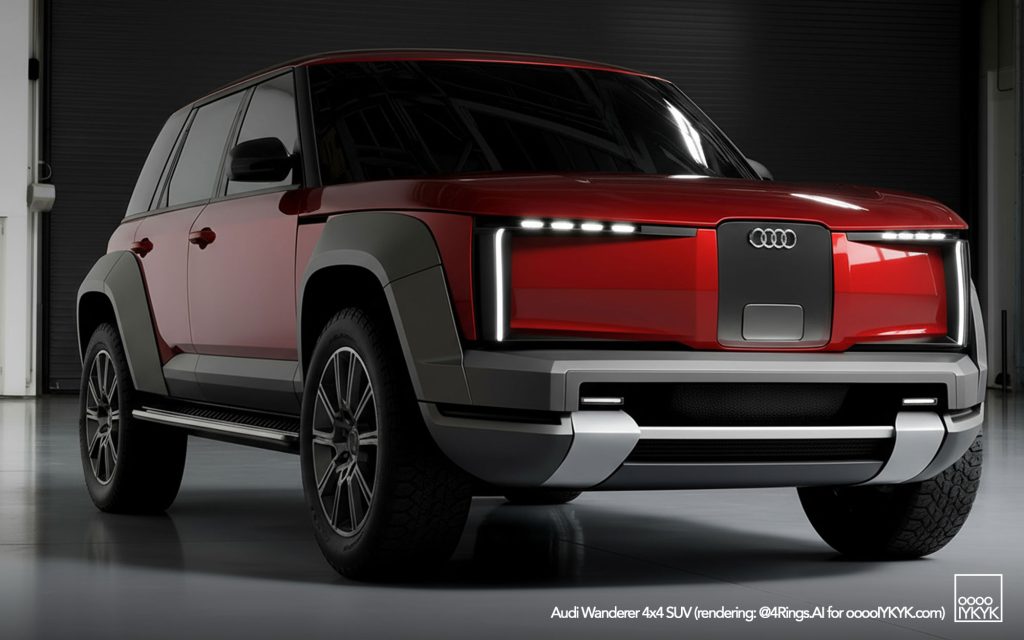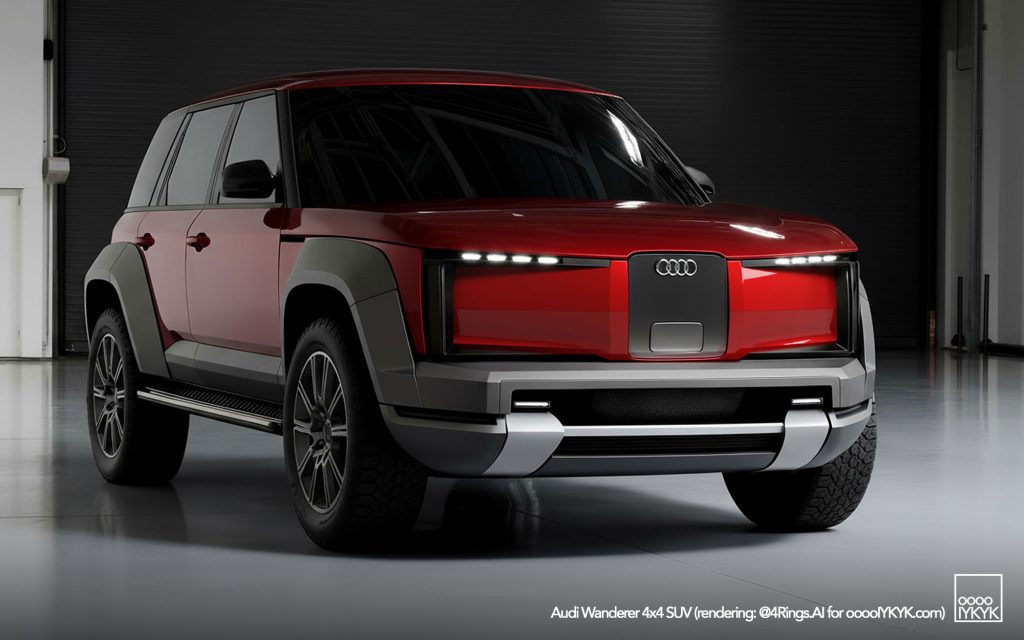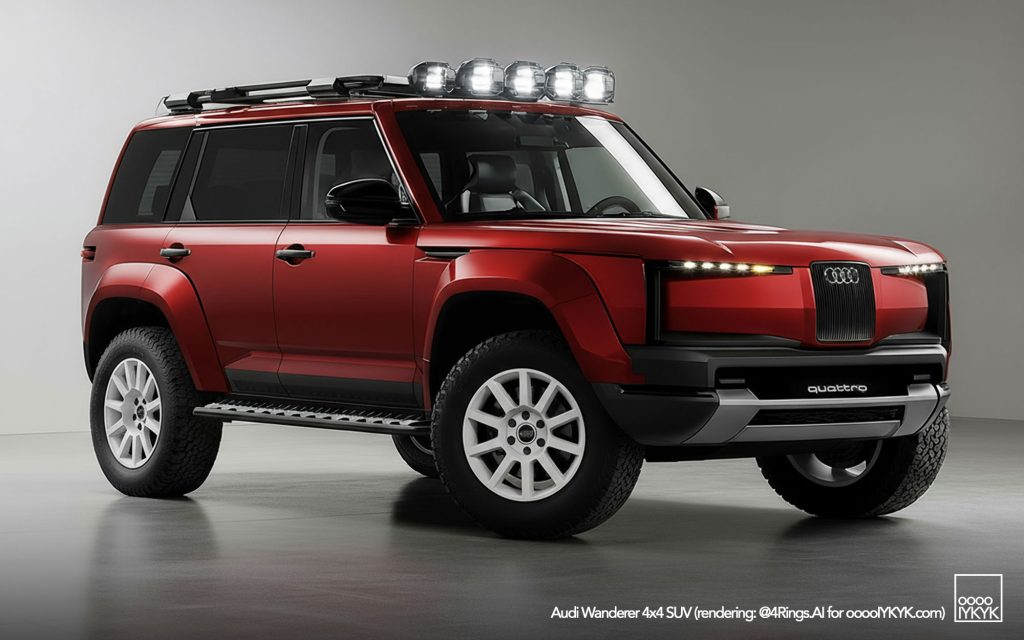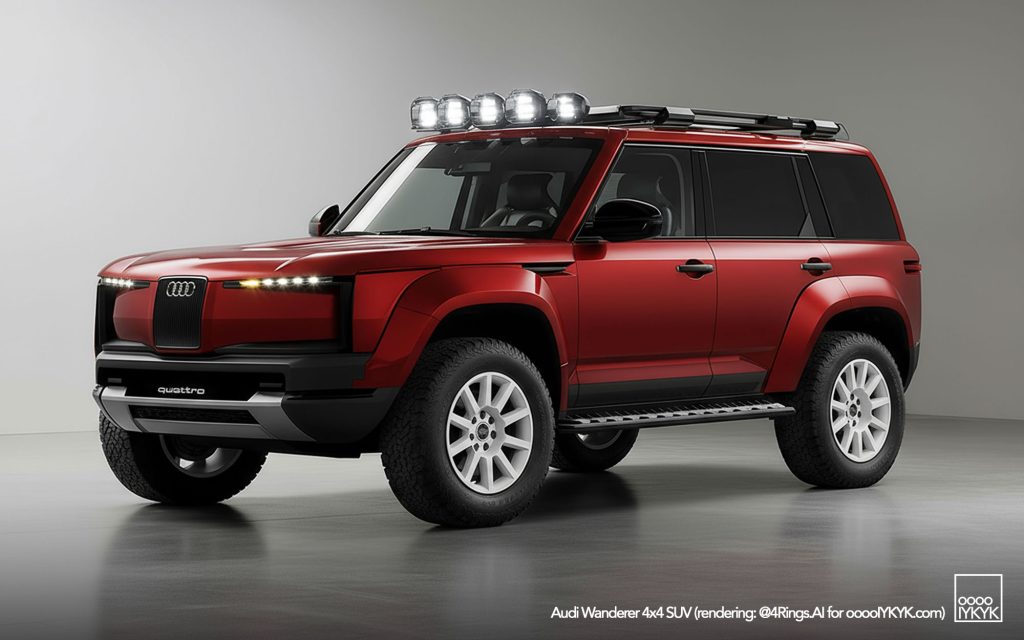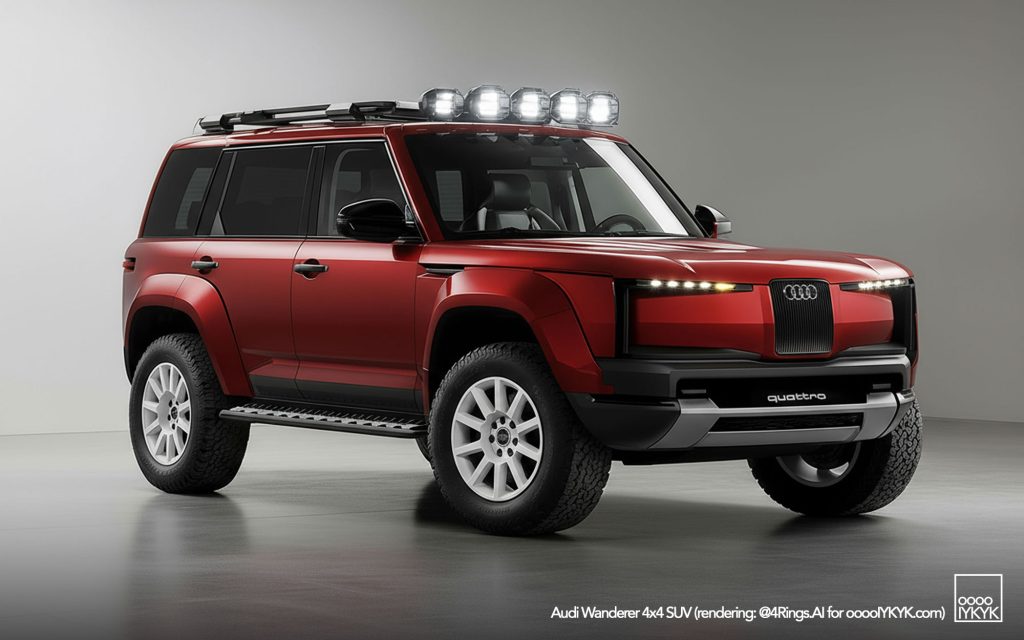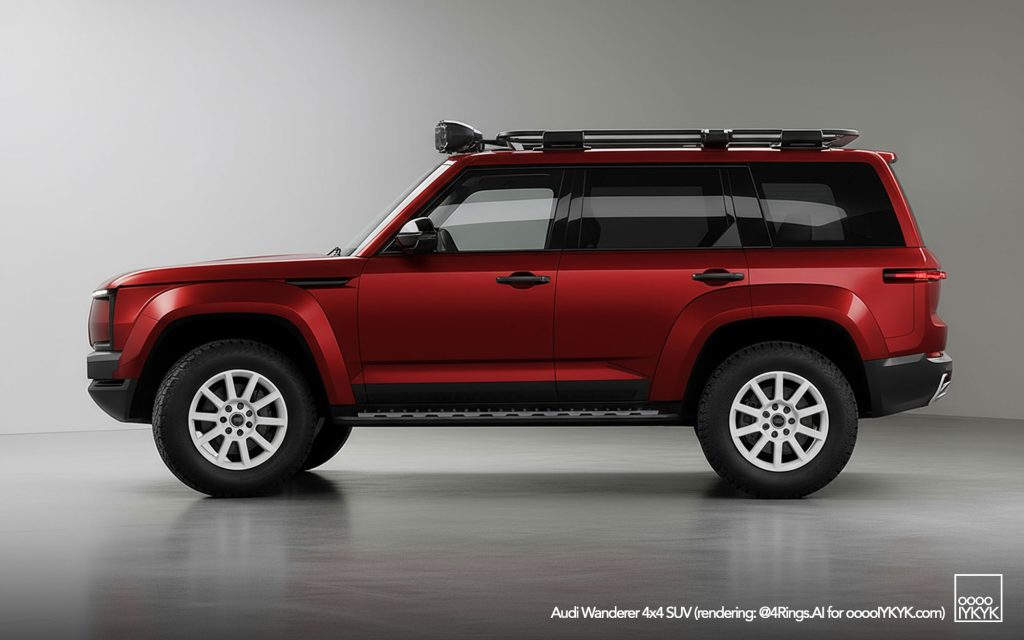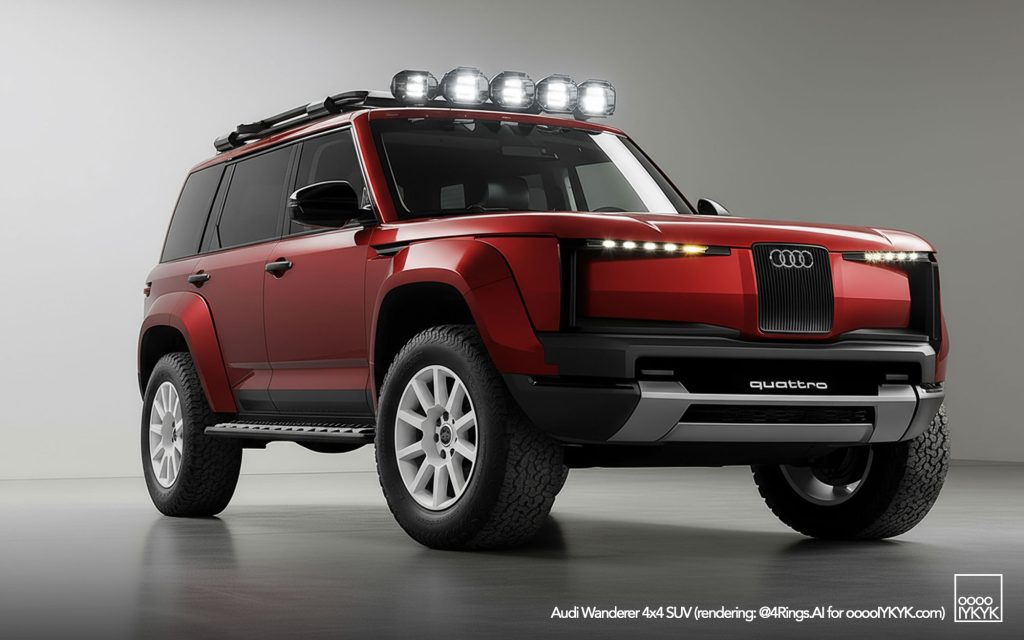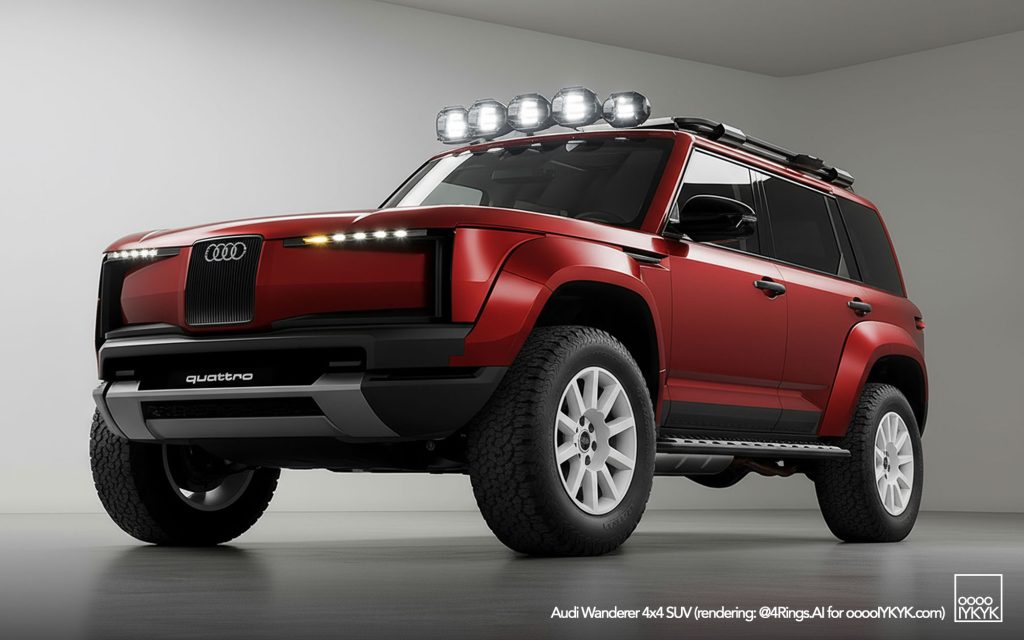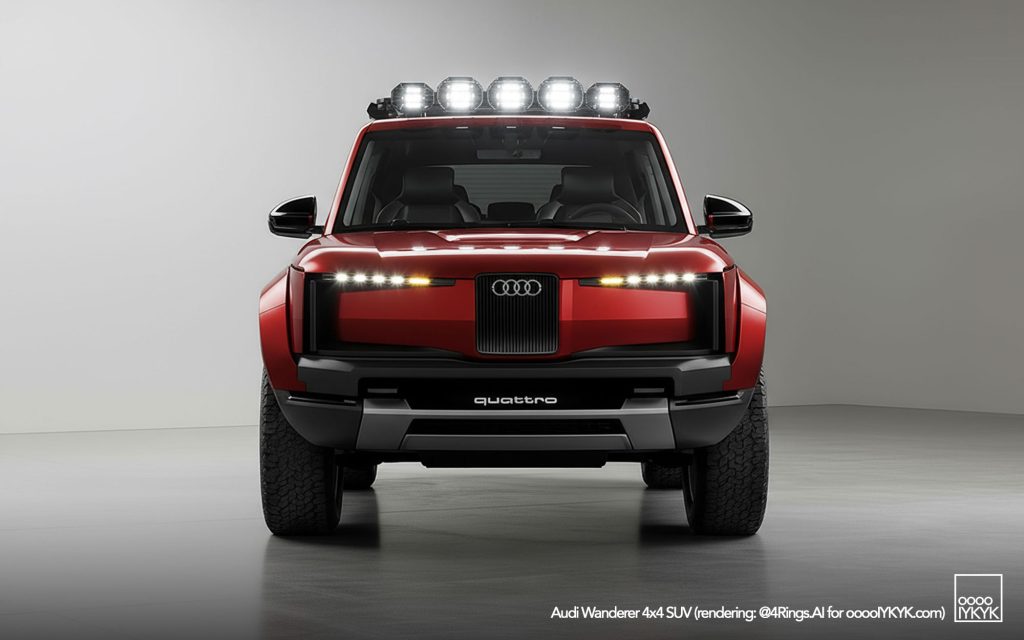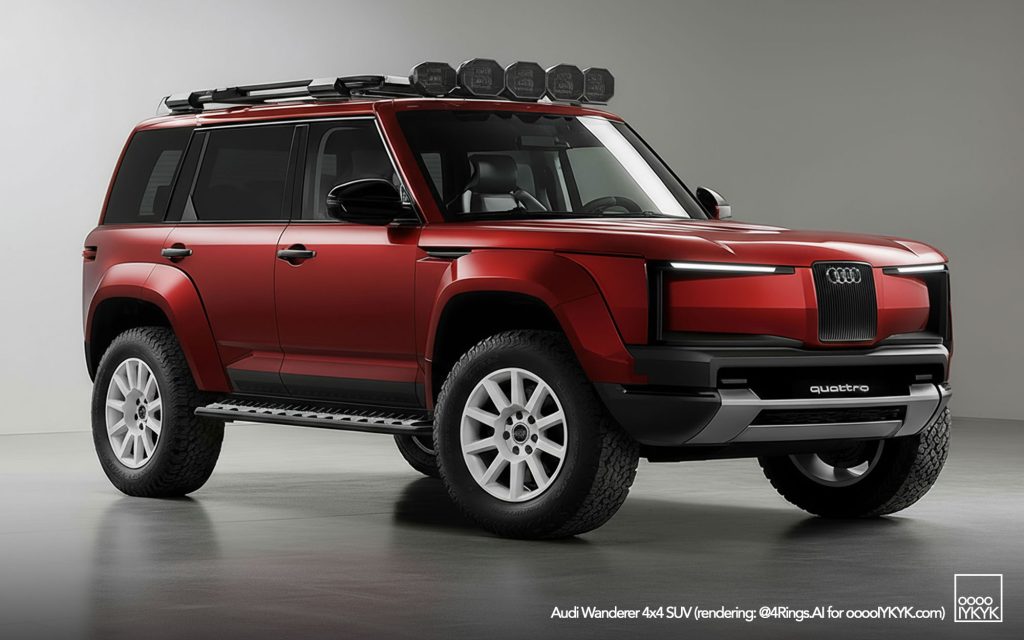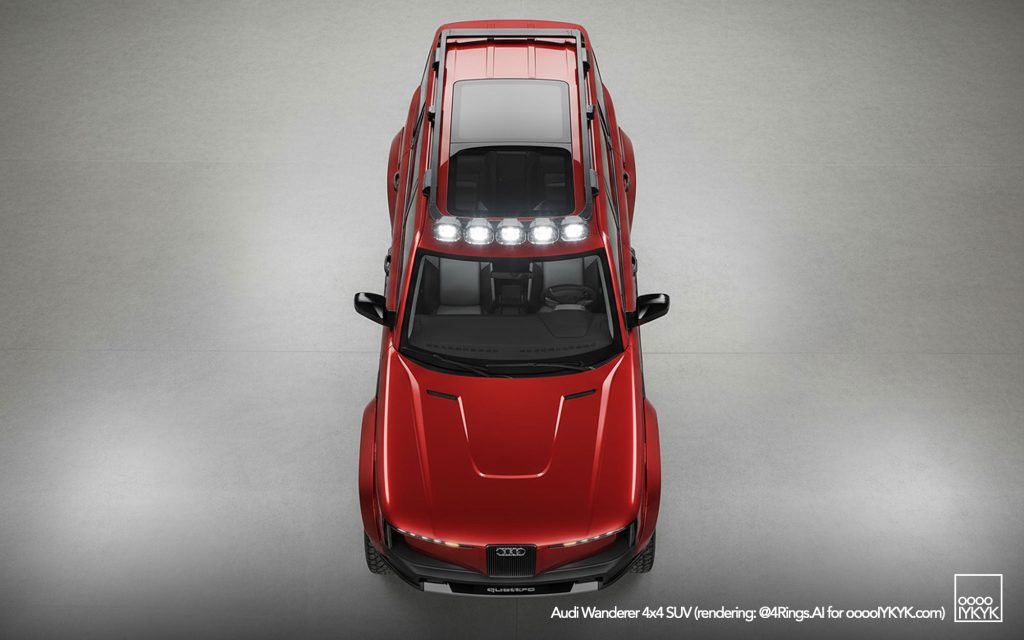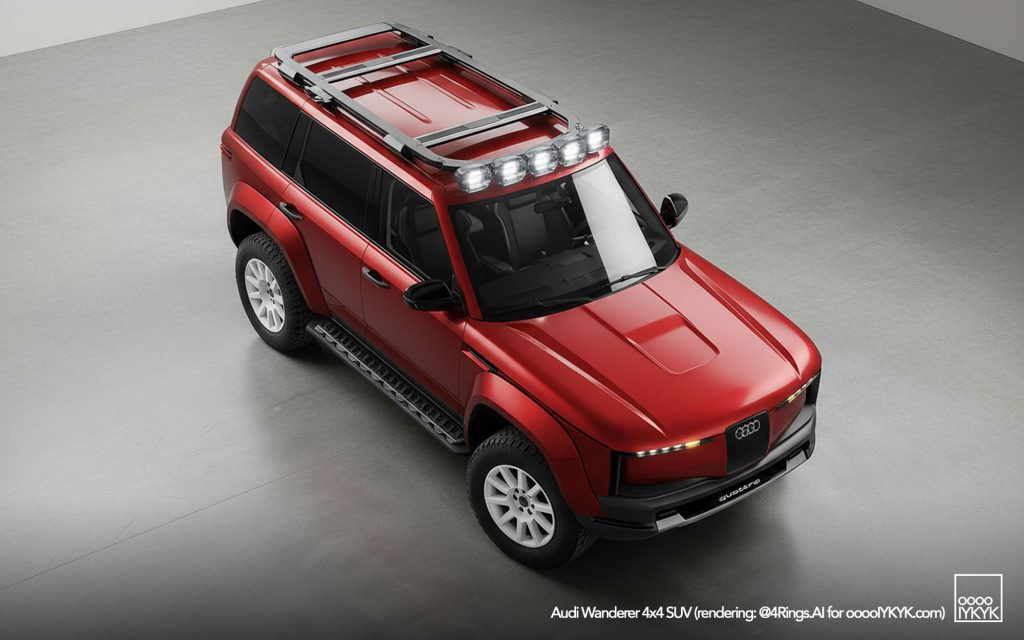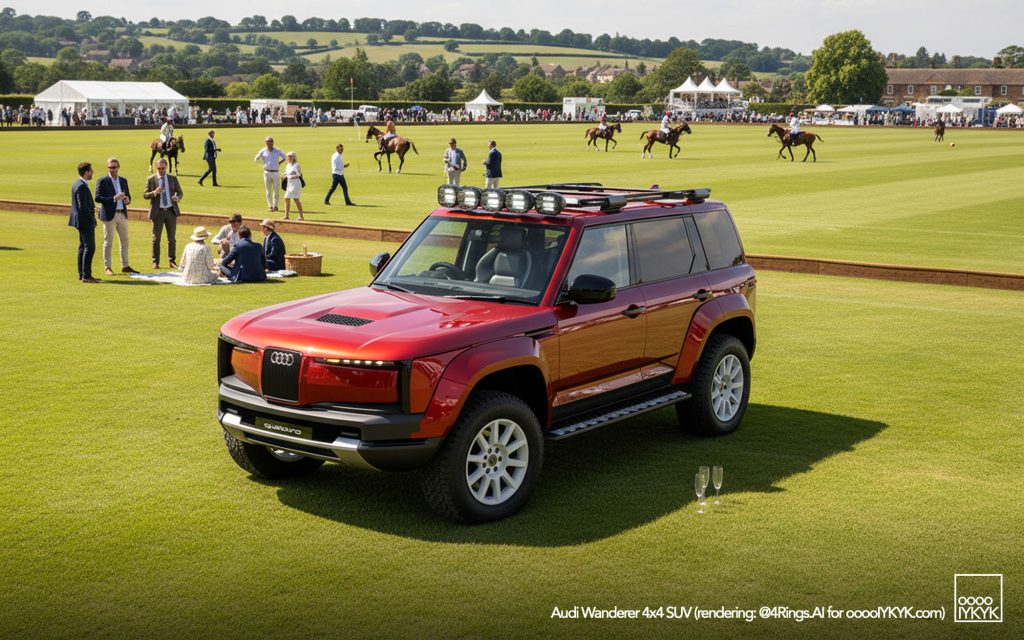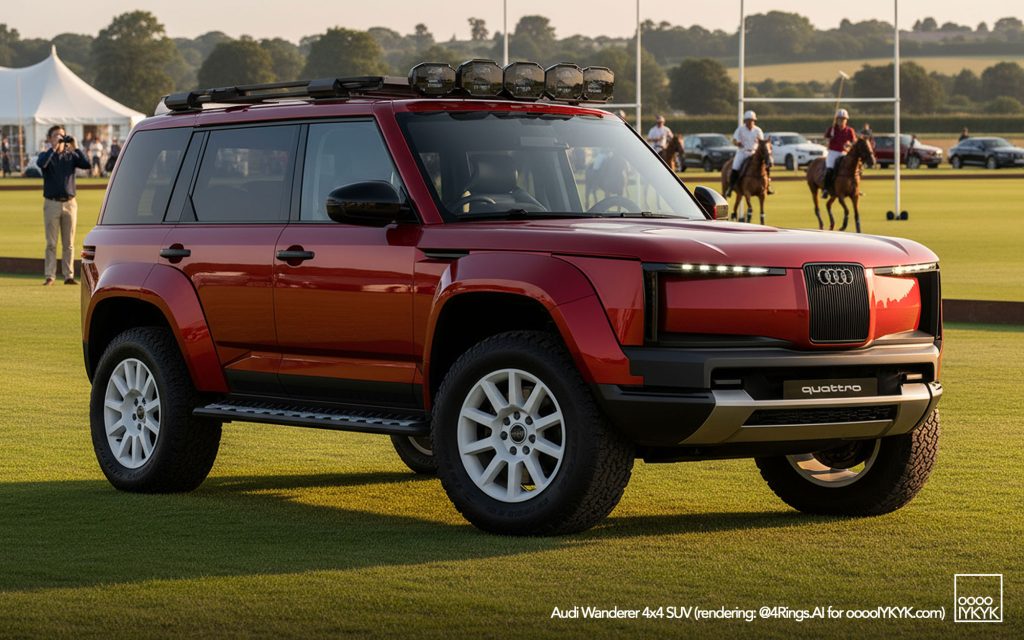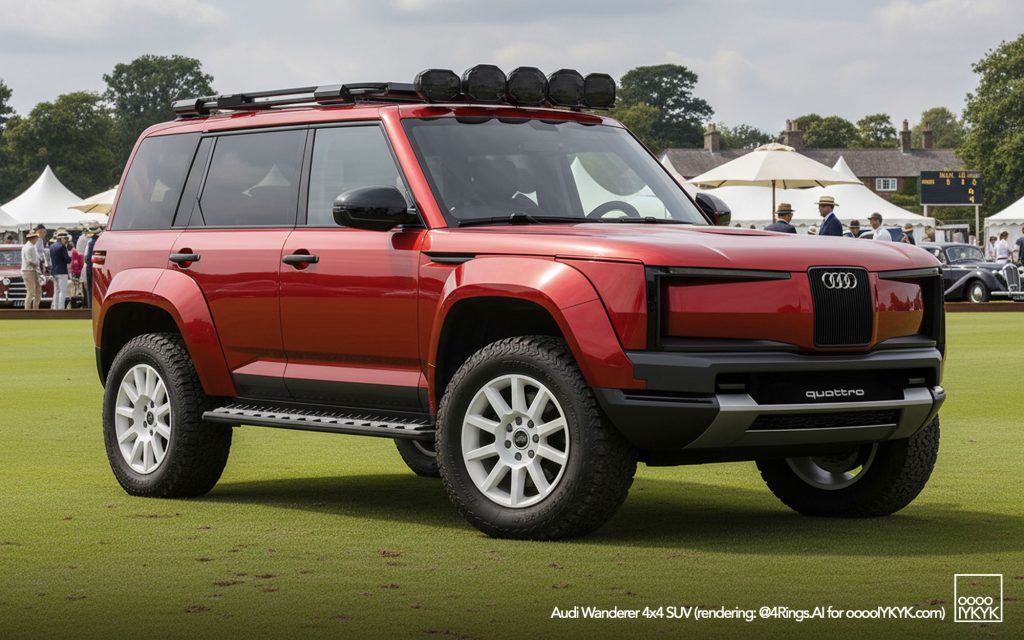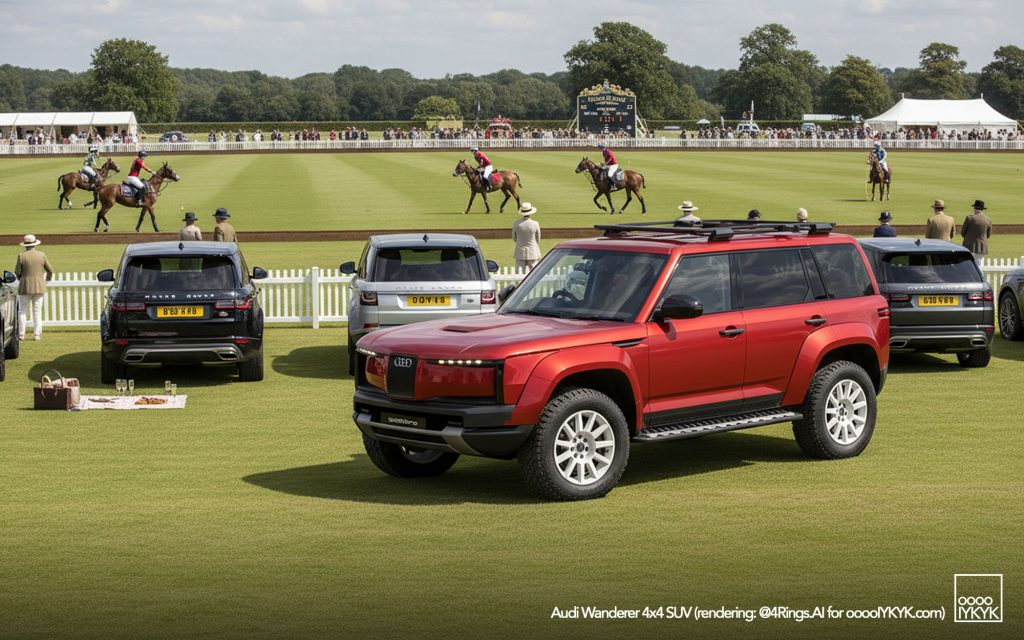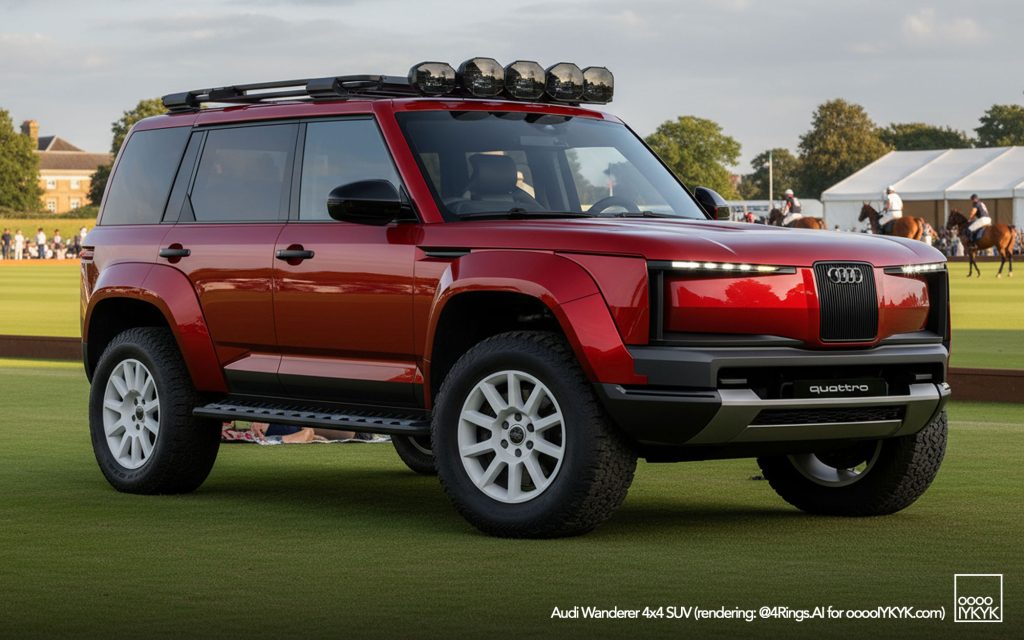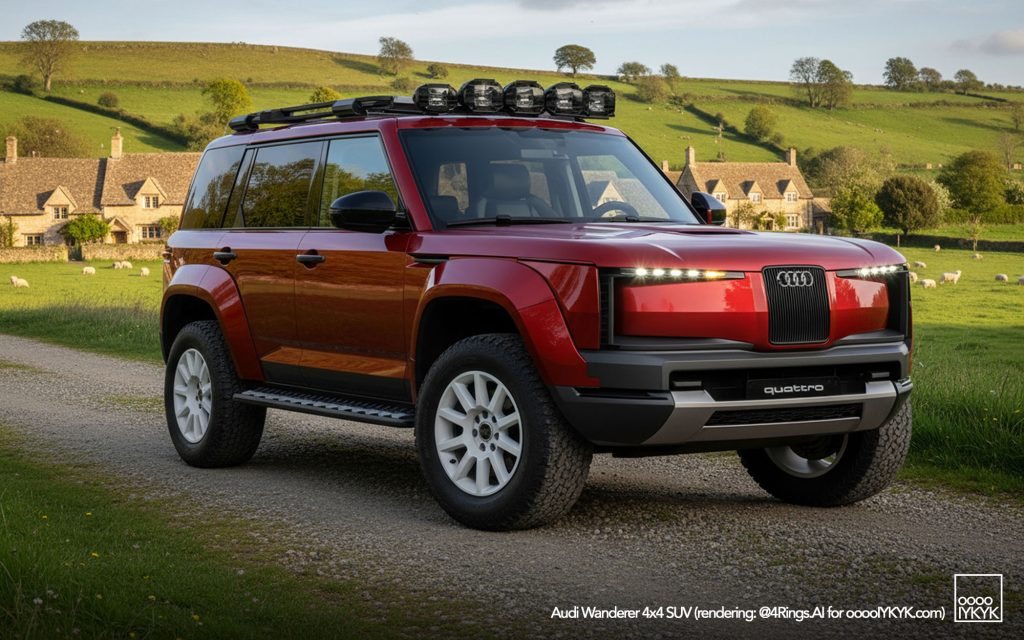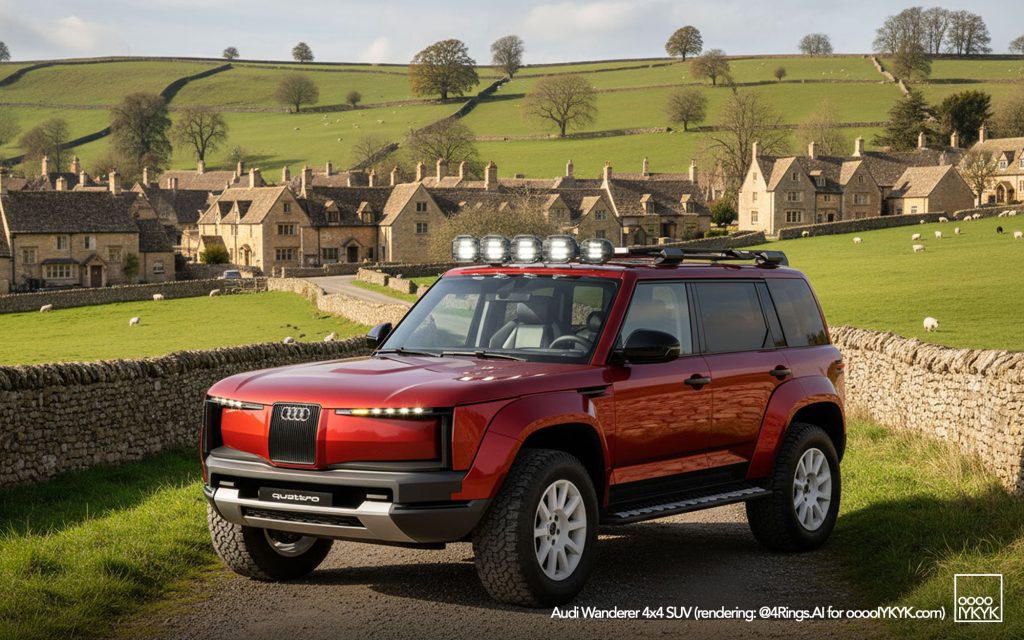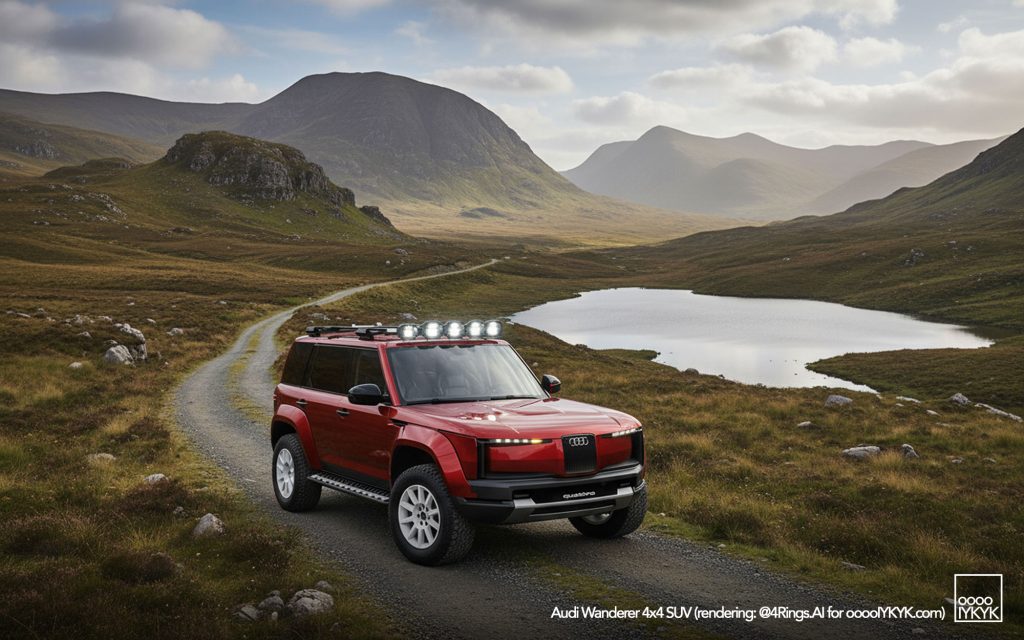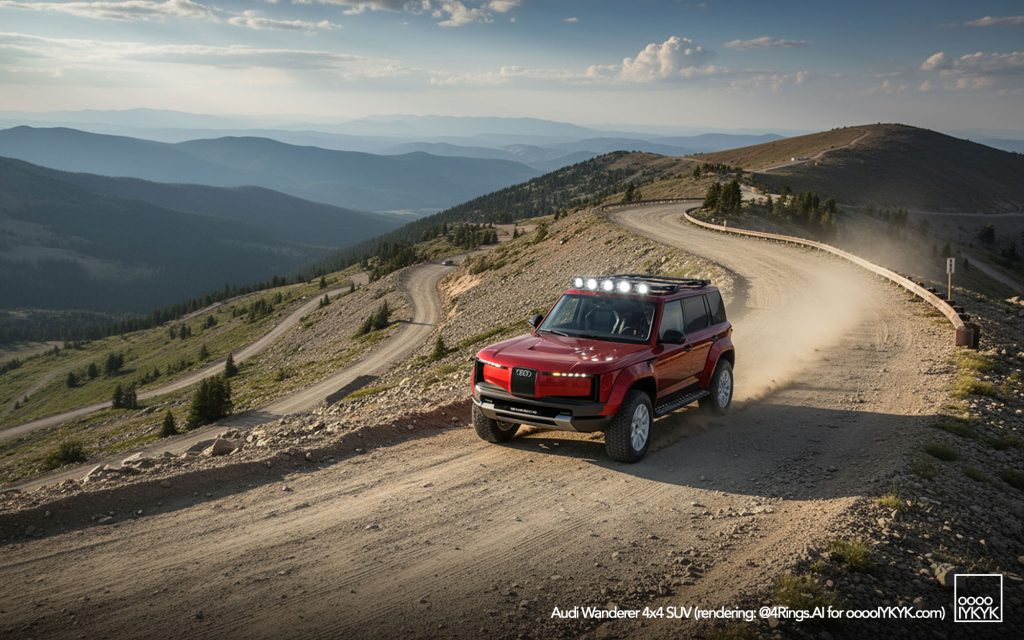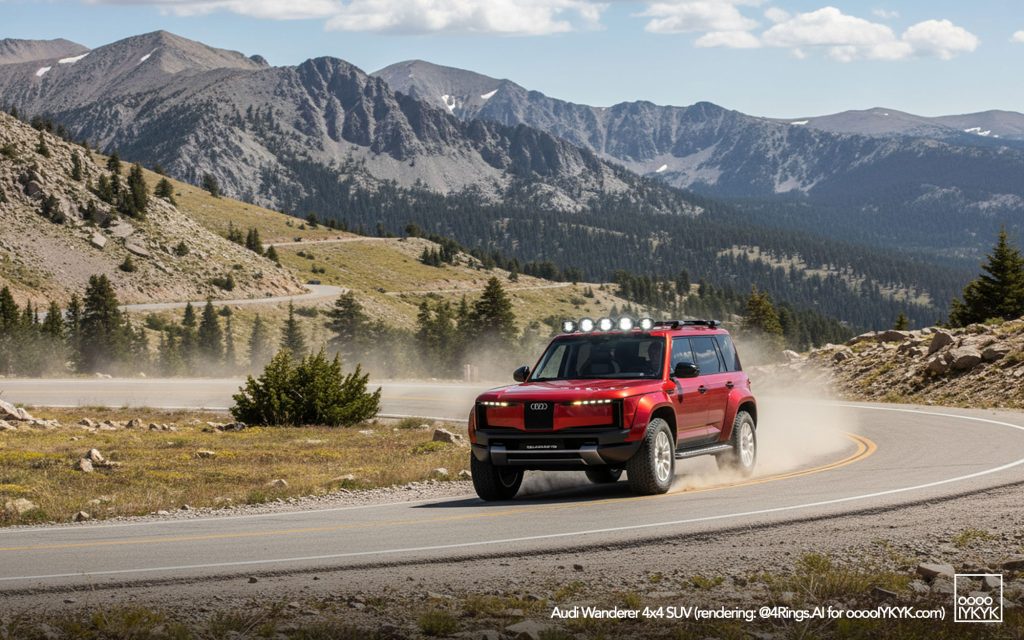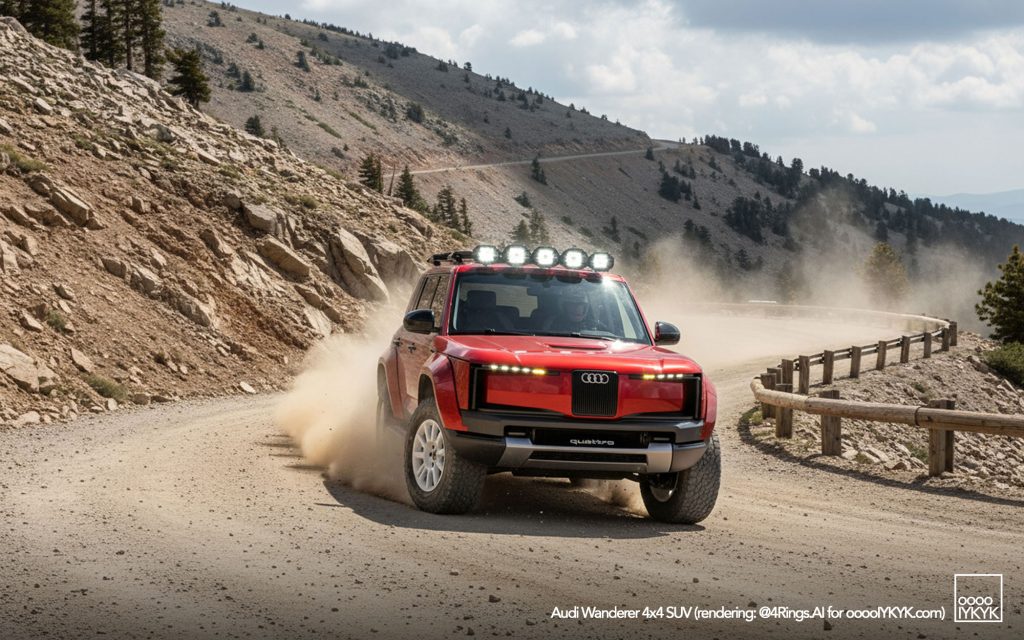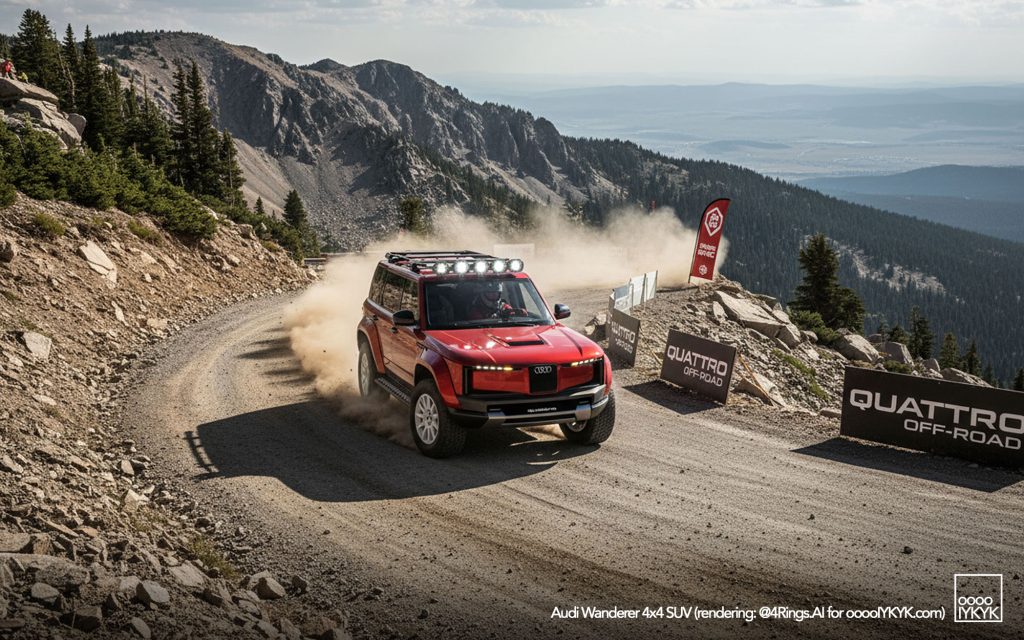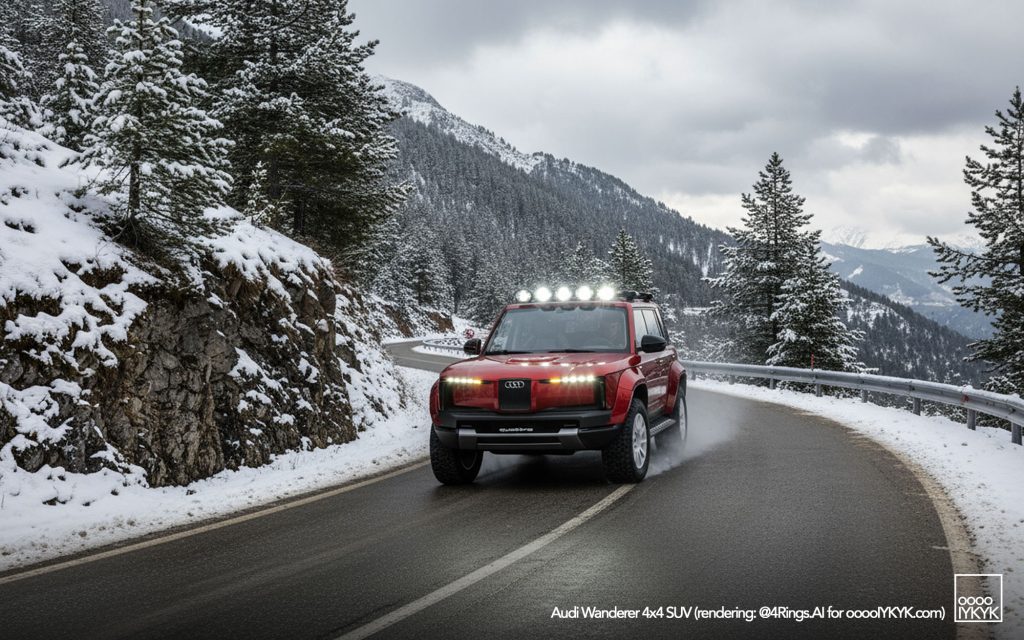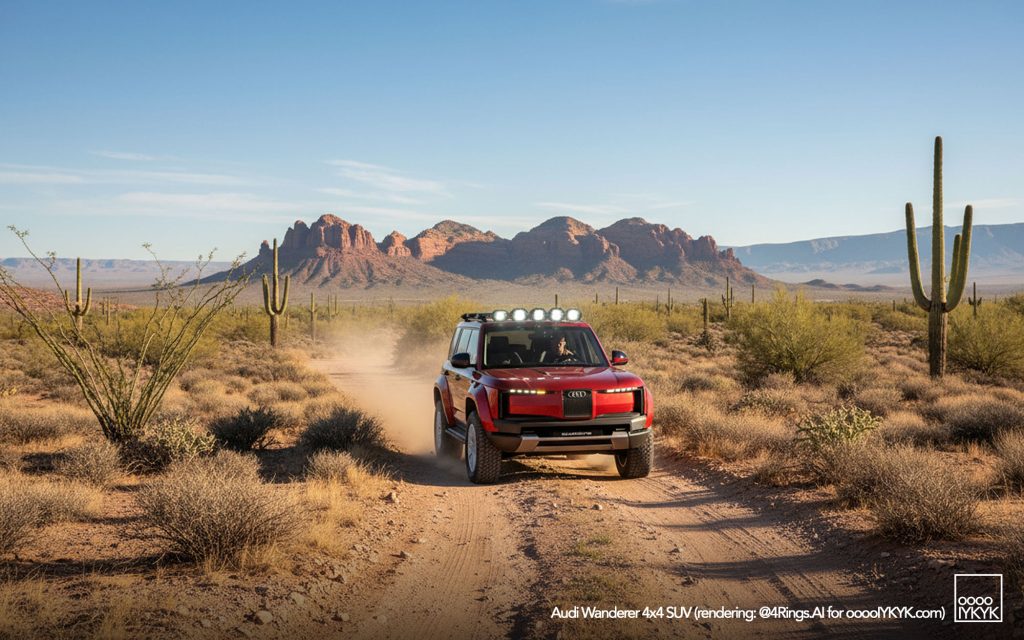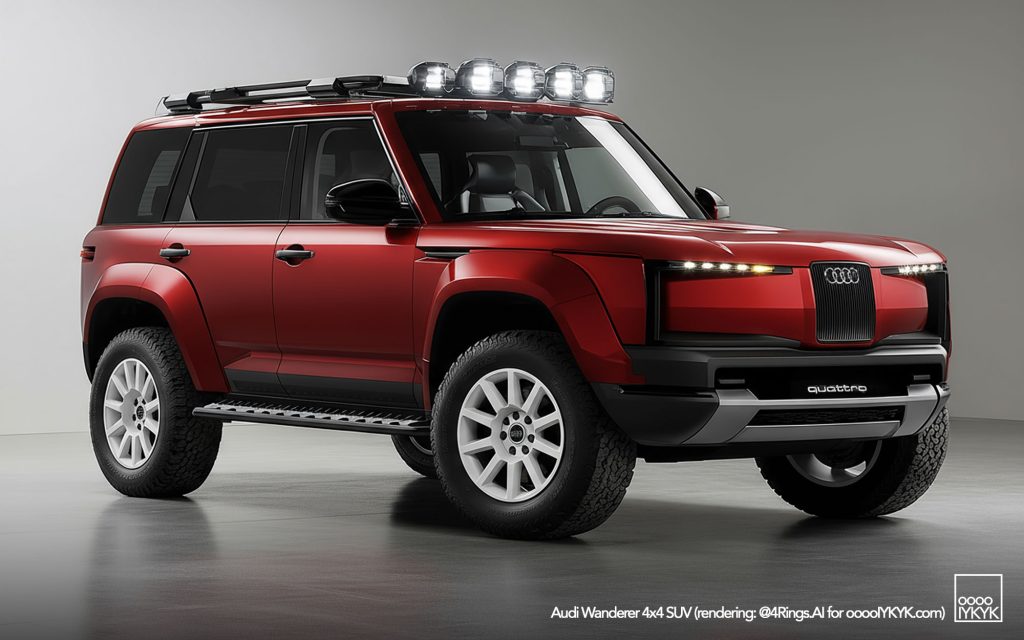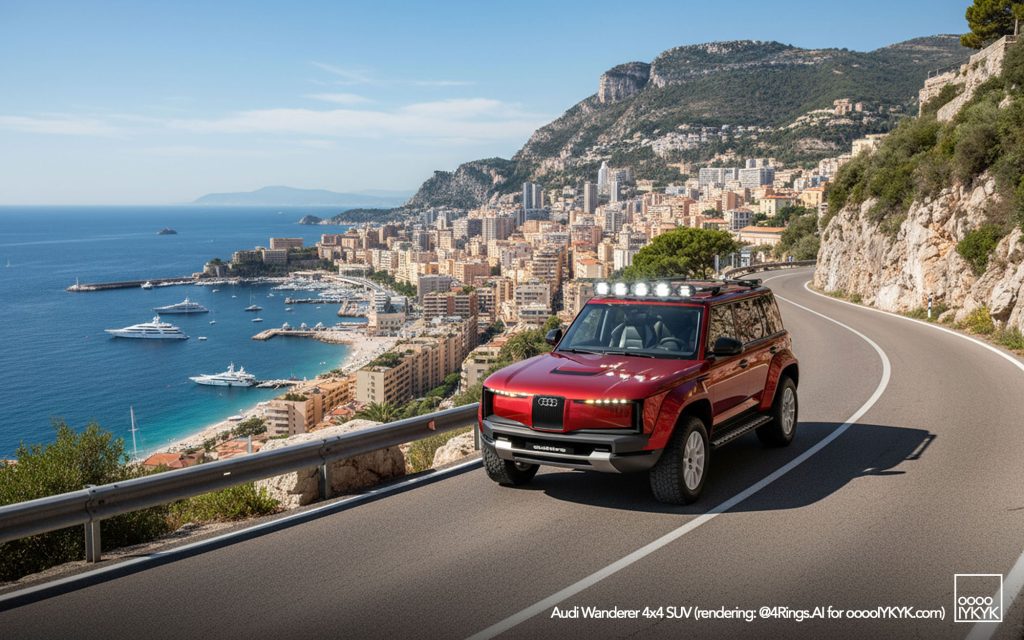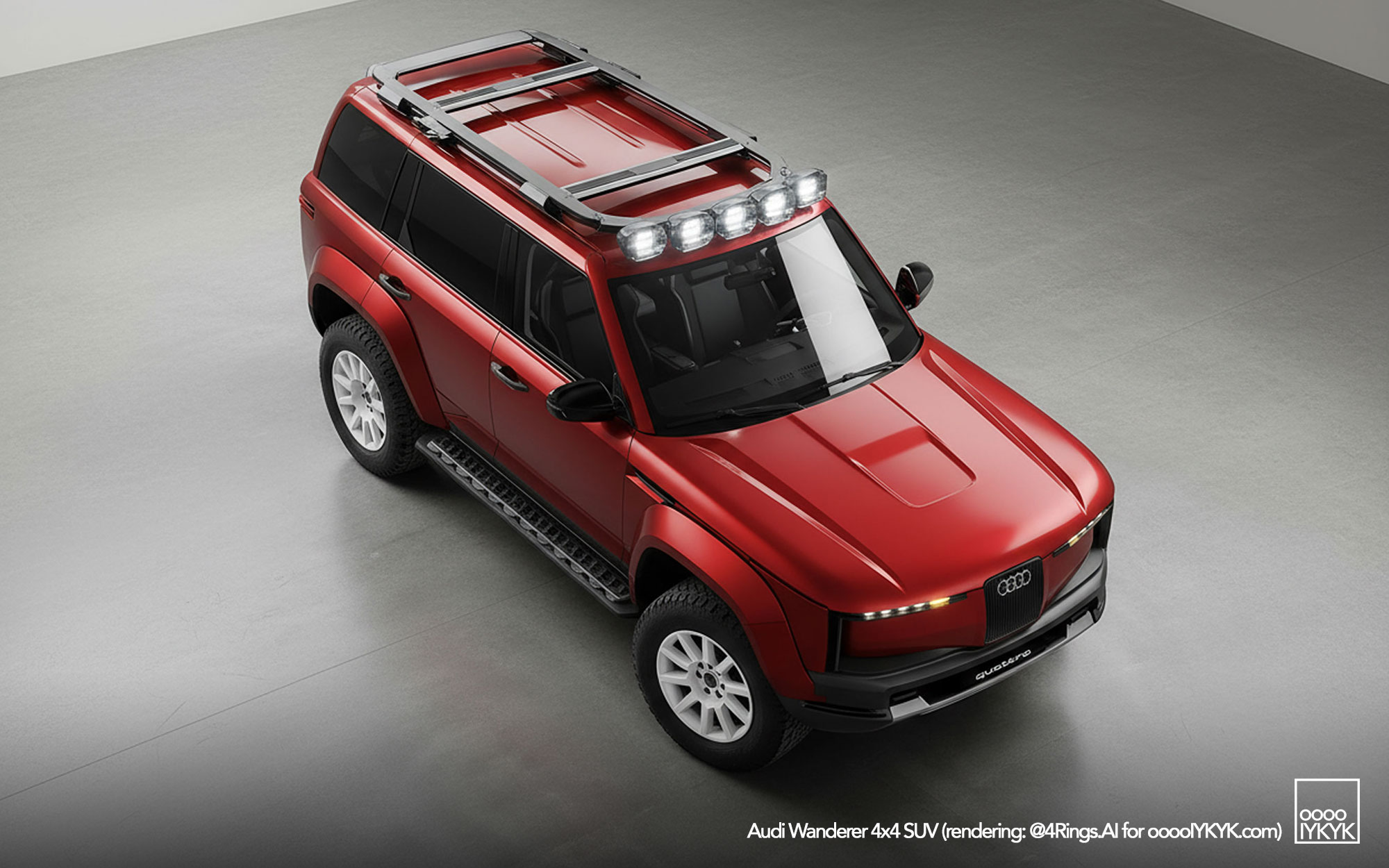When Autocar ran the story this week, it sent ripples through the car industry: a rugged, luxurious SUV could soon top the Ingolstadt range, built in the mold of the Land Rover Defender and Mercedes-Benz G-Class. The publication reports that Audi is preparing the model as a halo SUV — not a mass-market player, but a showcase for new design and technology destined to influence future cars across the lineup. “Stay tuned,” Audi CEO Gernot Döllner told Autocar, when pressed on whether such a project was still alive.
That small hint carries significant weight. Döllner’s approach to rationalizing Audi’s product portfolio focuses on strengthening the core — yet he acknowledges that flagship or niche models remain essential to re-injecting panache into the four rings. “It works perfectly to have a more focused line-up in the core, and in addition to that have some niche models to build the brand and to also transfer new ideas from a niche segment into the core products,” he said. His final word? “Don’t give up on that dream.”
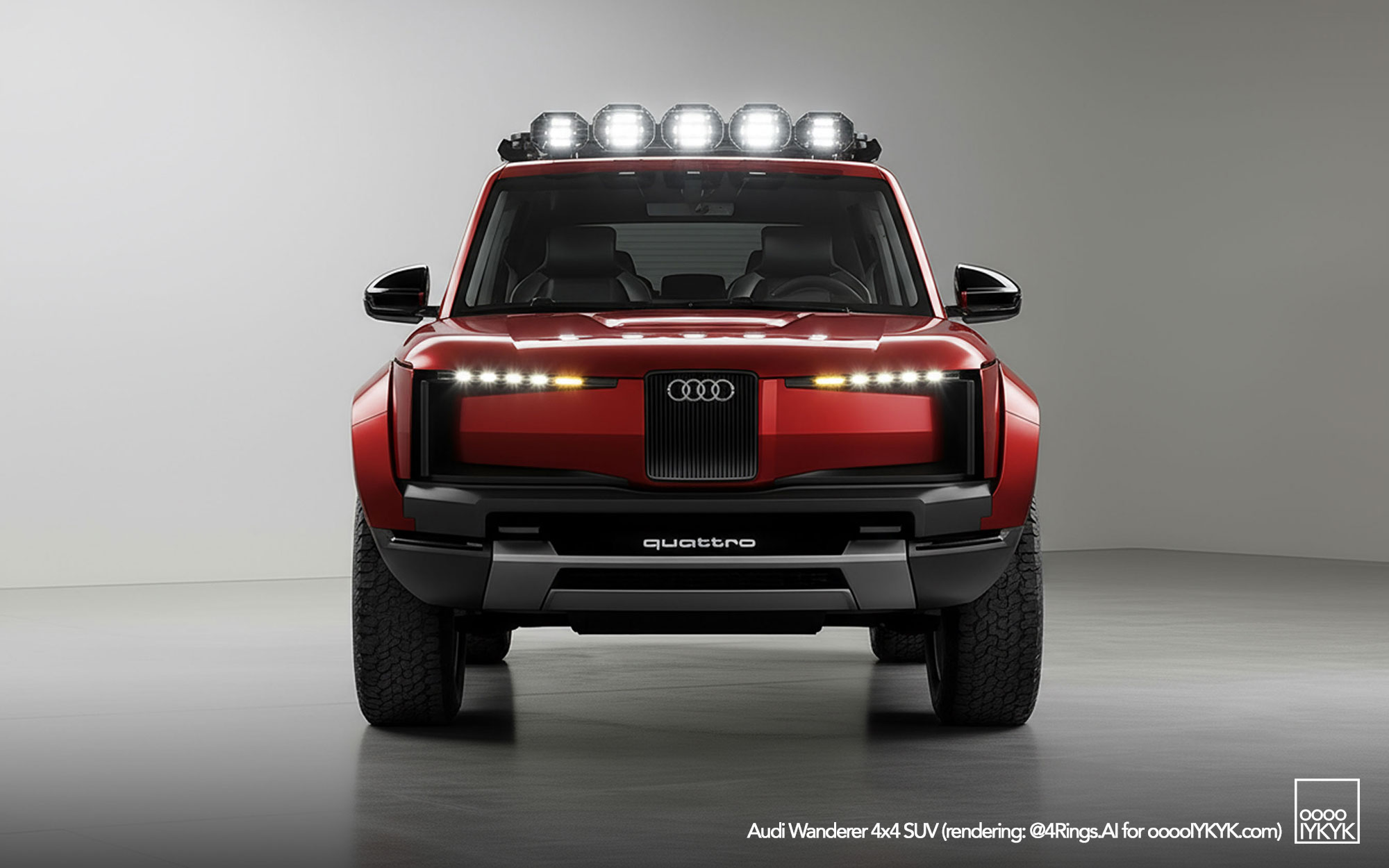
Audi’s off-road dream isn’t new. As early as 2023, then design boss Marc Lichte spoke openly about the potential for a “luxury off-roader” inspired by the brand’s quattro heritage. “There is potential because there are only two premium players,” Lichte told Autocar, referring to Land Rover and Mercedes-Benz. “And I think there is a space for a third one.” The arrival of Massimo Frascella — formerly design director at Jaguar Land Rover and instrumental in shaping the Defender — has only fueled speculation. His influence could help Audi reinterpret the rugged, upright form language of classic off-roaders through the brand’s new Clarity design philosophy.
Behind the scenes, there’s also a strong business case forming in the United States. As Döllner noted, shifting trade dynamics and tariffs have forced Audi to reassess its U.S. manufacturing footprint. “At a group level, we are right now discussing and investigating whether or not we should have a factory for Audi in the US,” he said. “It could be logical to build Audi models in an existing VW Group facility.” That logic could lead directly to Scout Motors — Volkswagen Group’s American-born off-road EV brand, building a state-of-the-art plant in South Carolina.
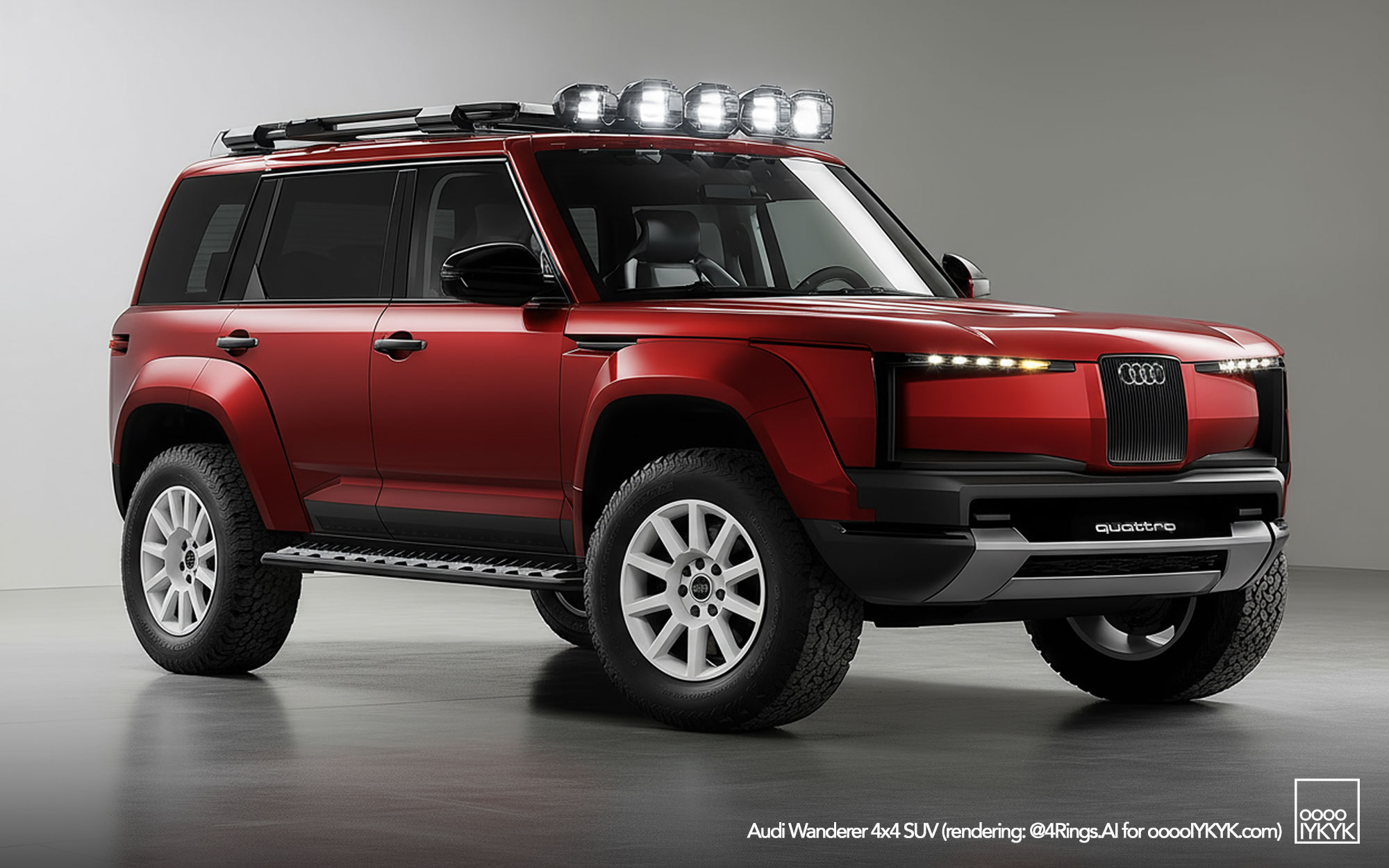
If Audi were to move forward with this 4×4, pairing with Scout makes sense. The Scout architecture is an all-new, body-on-frame electric platform featuring mechanical locking differentials and even an optional internal-combustion range extender. It’s engineered not just for electrified commuting, but for long-range exploration far beyond the reach of charging infrastructure — exactly the kind of credibility Audi would need to challenge the G-Class and Defender on their own turf. Building atop that platform would also localize production for the U.S. market, mitigating tariff exposure while tapping into the nation’s booming appetite for luxury adventure vehicles.
Still, timing could be tricky. Scout’s South Carolina factory is slated to open in late 2027, with its own Traveler SUV and Terra pickup first in line. An Audi variant would need to queue behind those launches — or risk delaying Scout’s own rollout. Yet for a brand seeking a statement of capability and innovation, the wait might be worth it. As Döllner himself implies, some dreams are too important to abandon.
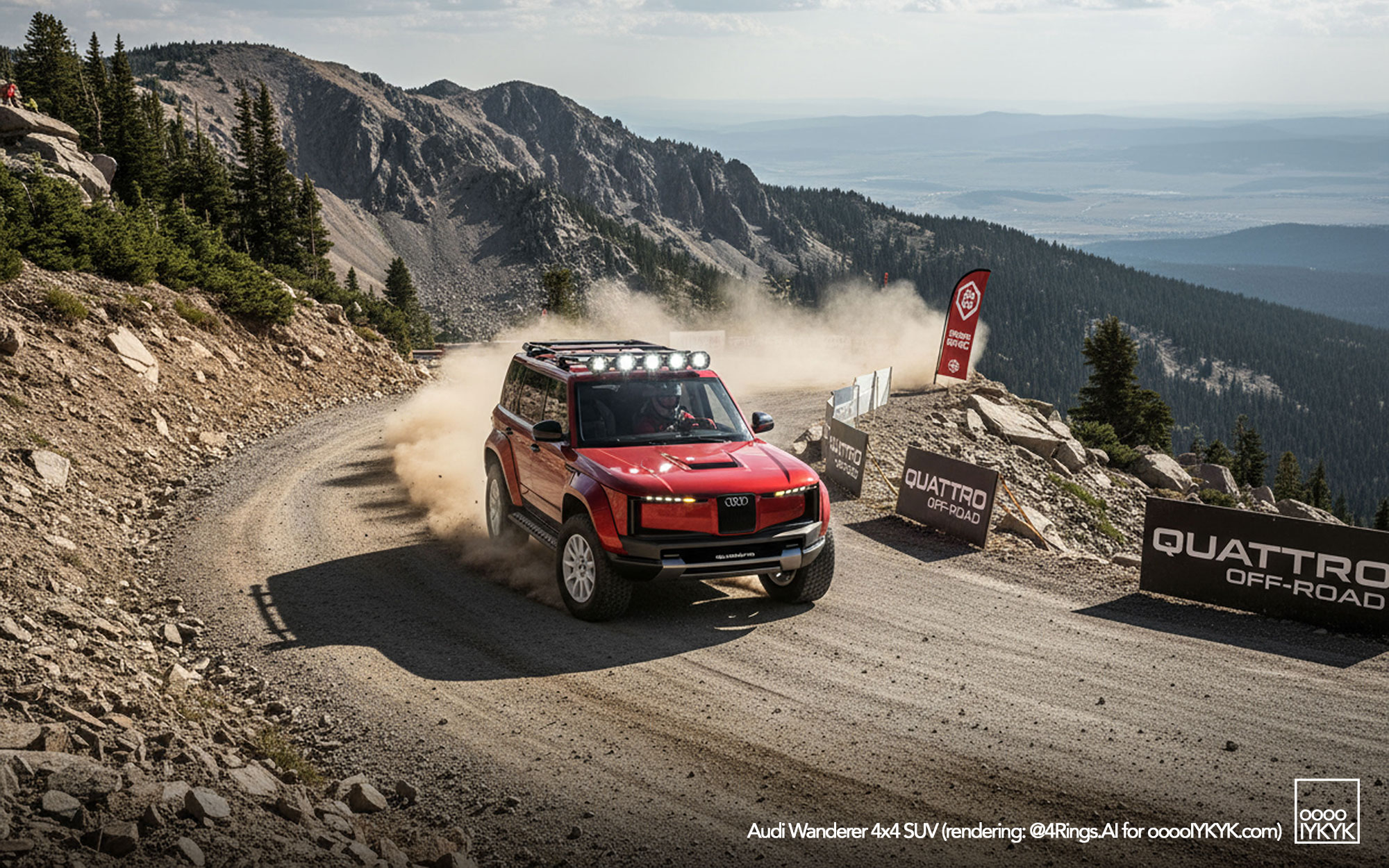
WHAT’S IN A NAME?
What would Audi call it? In theory, the alphanumeric ladder already tops out with the upcoming Q9, and the brand has resisted going to double digits for road cars as it did with the R18 Le Mans prototype. Of course, Audi could push that boundary — but this might be an opportunity to break the mold entirely. Just as the TT stretched naming convention by drawing from more eclectic corners of the Audi brand’s history (NSU TT), this 4×4 could also repurpose a name from the past.
One evocative option is Wanderer — one of the four original companies represented by the rings in the Audi logo. While the Wanderer marque hasn’t built a car since before World War II, its very name speaks to exploration and endurance. In a world of Defenders, Explorers, Landcruisers, and Trailblazers, “Wanderer” would feel perfectly at home — and uniquely authentic to Audi’s lineage. It’s an adventure-ready identity that could fuse authentic heritage with modern technology, a poetic fit for a vehicle designed to traverse both continents and brand eras.
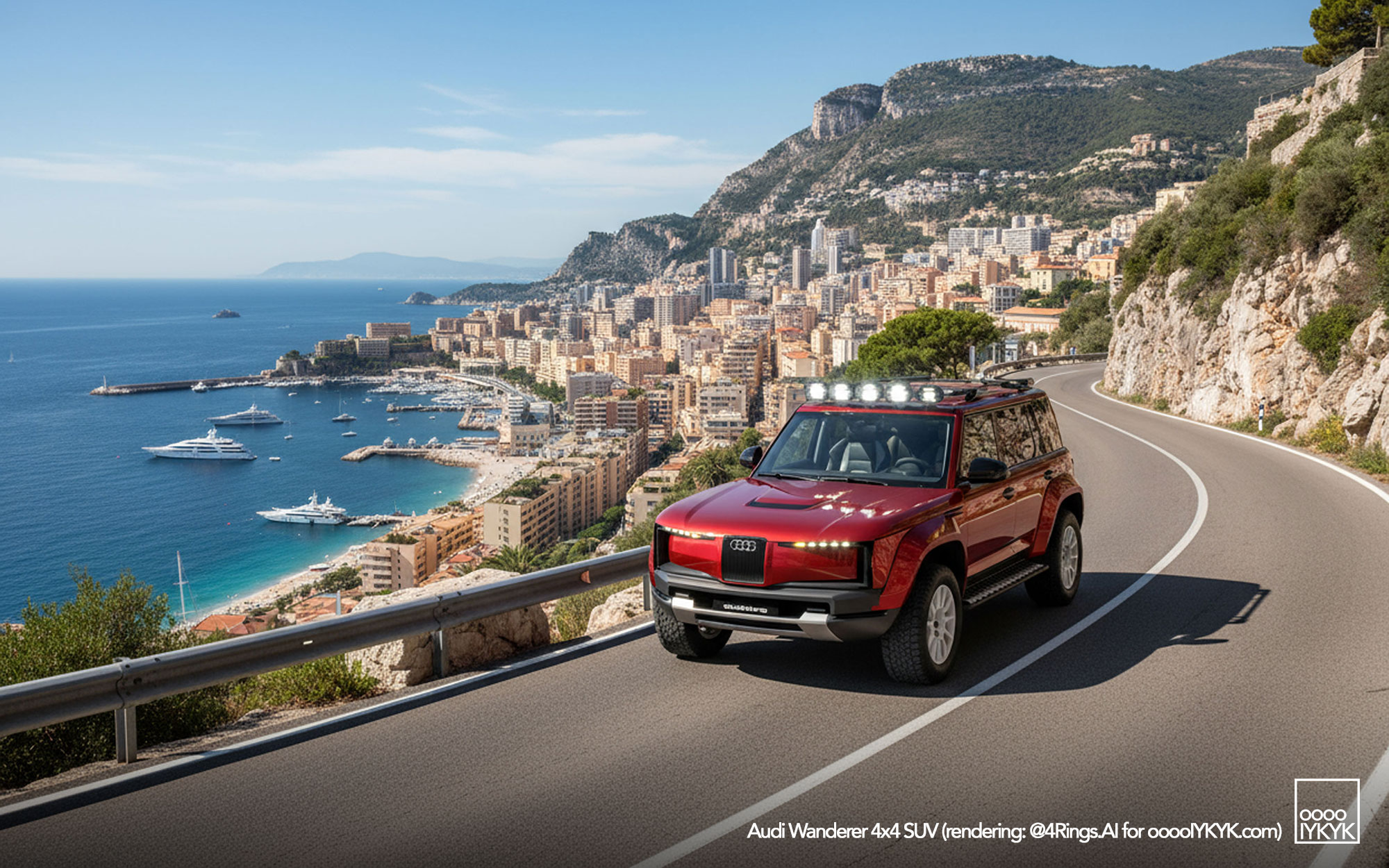
VISUALIZING THE OVERLANDER
Also worth noting is the flurry of digital renderings that have surfaced around this rumored project. Taking inspiration from the teaser image featured in Autocar, the renderings you see here reimagine the design with more realistic proportions, greater stance, and sharper detailing aligned with Audi’s current “Clarity” or “Radical Next” design ethos introduced in September with the Concept C. Using the latest wave of AI visualization tools — which advanced dramatically just last week — designers and enthusiasts have been able to conjure lifelike scenes of the potential SUV.
The results are striking. Through the advancement of these new tools, I’m able to depict the SUV from multiple angles and place it in any setting I might imagine, from Pike’s Peak to the the Cotswolds, the rugged coastlines of Scotland, and the deserts of Arizona. Each rendering places the speculative model in a landscape aligned with its purpose — a machine built to traverse the extremes while still carrying the sophistication expected of Audi.
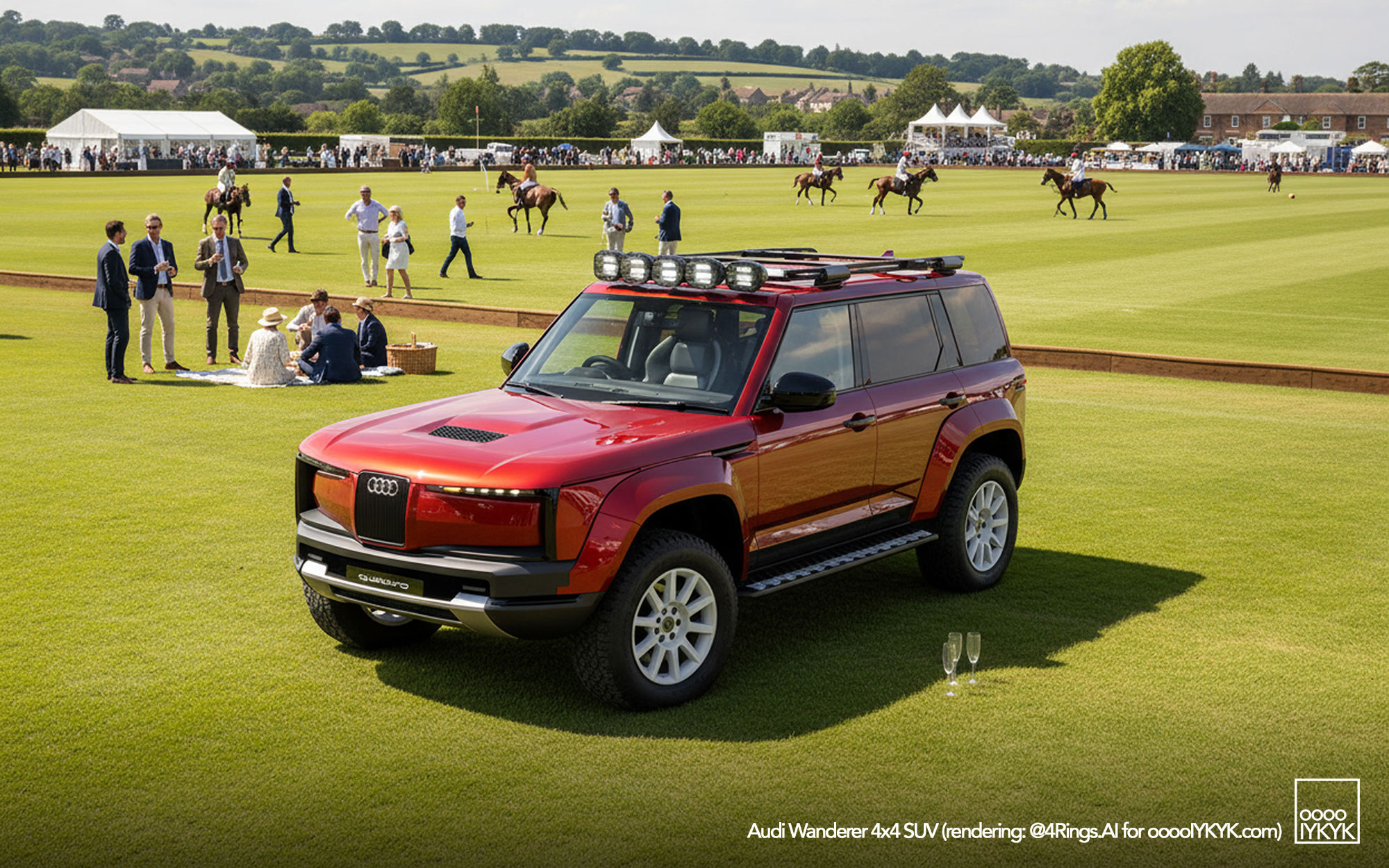
These digital studies do not come from Ingolstadt directly, but they help visualize a vision that feels increasingly tangible.
If this project proceeds, expect Audi’s interpretation to blend Vorsprung durch Technik sophistication with true off-road authenticity — perhaps the first Audi road car since the original quattro to wear its adventurous DNA so proudly. For now, all signs point to Ingolstadt preparing something special in the shadows. And as Döllner reminds us: don’t give up on that dream.
PHOTO GALLERY
